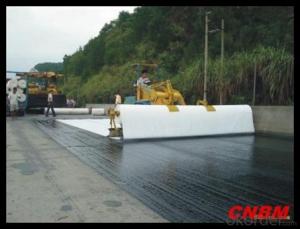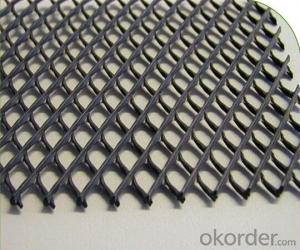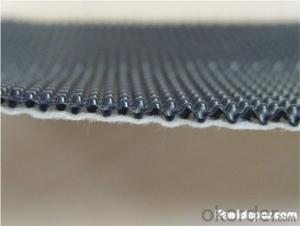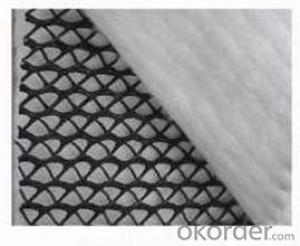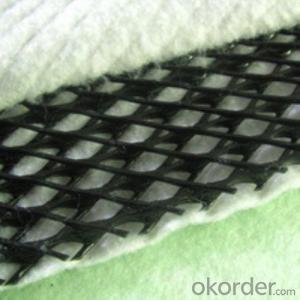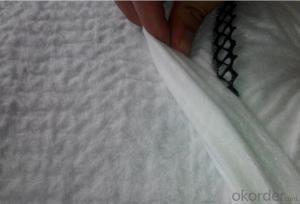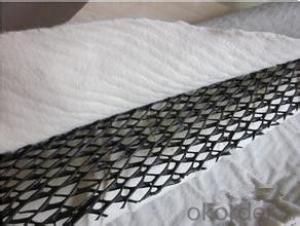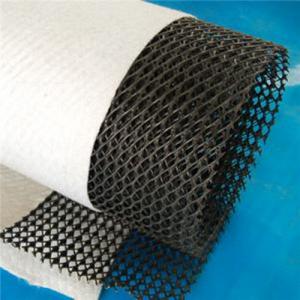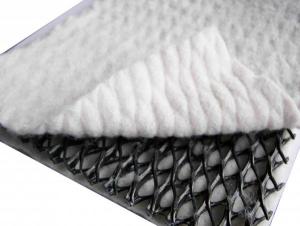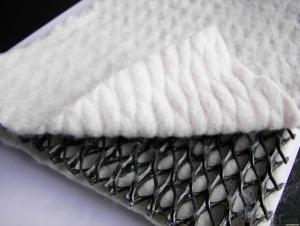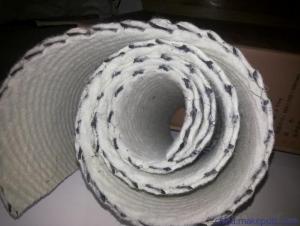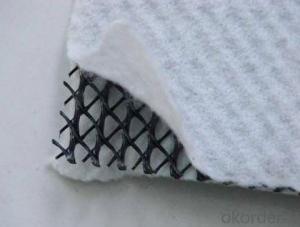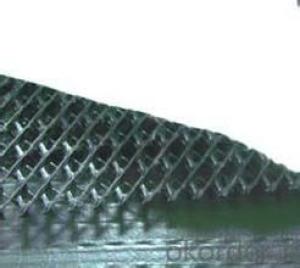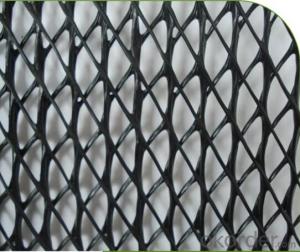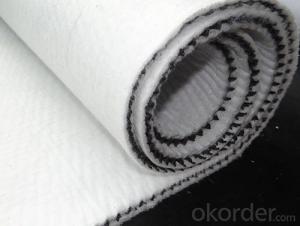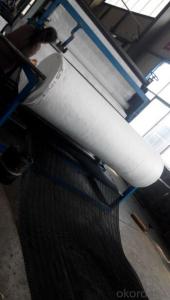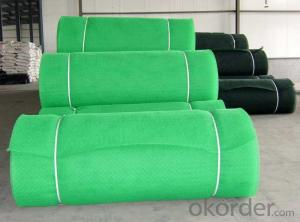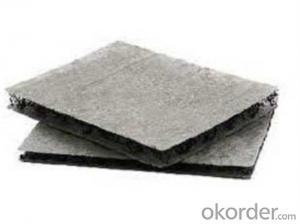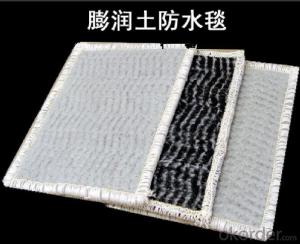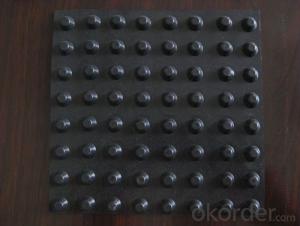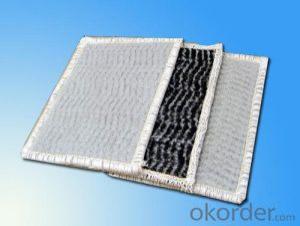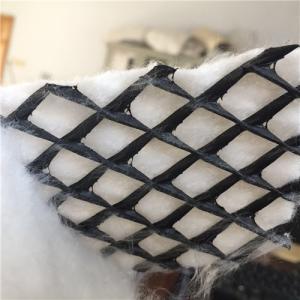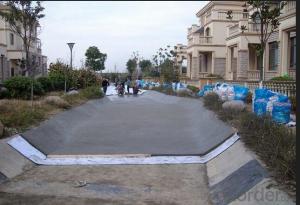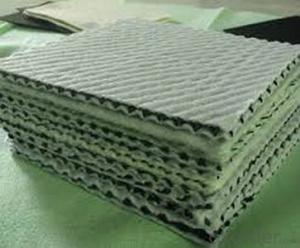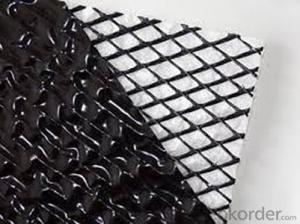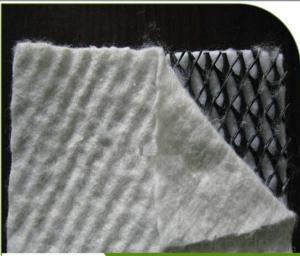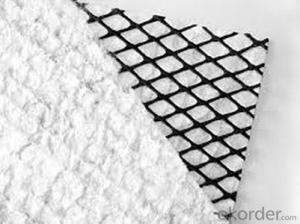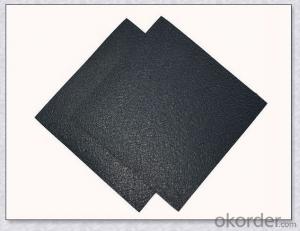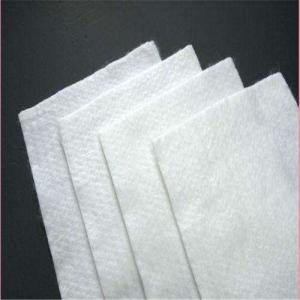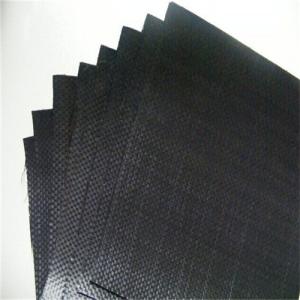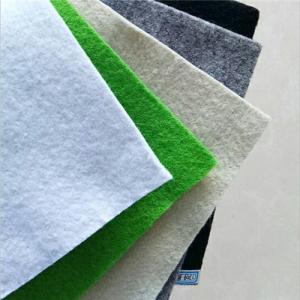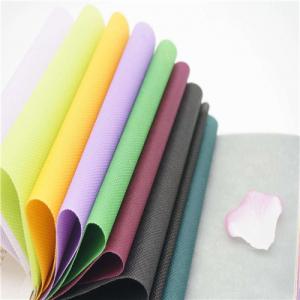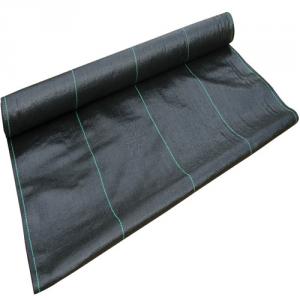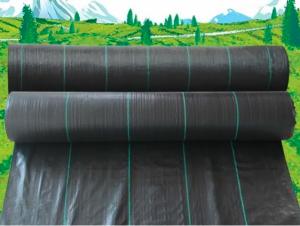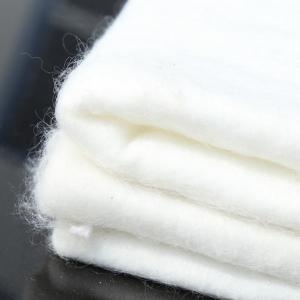Geocomposite Drainage Layer Cost
Geocomposite Drainage Layer Cost Related Searches
Geocomposite Drainage Layer Geocomposite Drainage Material Geocomposite Drainage System Geocomposite Drain Geocomposite Drainage Net Geocomposite Drain Installation Geocomposite Drainage Mat Geocomposite Drainage Strip Geocomposite Wall Drain Geocomposite Drainage Board Geocomposite Drainage Sheet Geocomposite Sheet Drain Geocomposite Subsoil Drain Geocomposite Strip Drain Geocomposite Drain Strips Geosynthetic Clay Liner Cost Geomembrane Liner Cost Geomembrane Cost Geomembrane Cost Per Square Foot Geocomposite Liner Geocomposite Clay Liner Geogrid Cost Per Square Meter Geogrid Cost Per Square Foot Geogrid Cost Geogrid Cost Per Square Yard Geocomposite Geomembrane Liner Price Geomembrane Drainage Geogrid Driveway Cost Geogrid Retaining Wall CostGeocomposite Drainage Layer Cost Supplier & Manufacturer from China
Geocomposite Drainage Layer Cost refers to the expenses associated with purchasing and implementing geocomposite drainage layers, which are essential components in various construction and civil engineering projects. These layers are designed to provide efficient water management by facilitating the flow of water away from structures and preventing water buildup, which can lead to damage and instability. Geocomposite drainage layers are commonly used in applications such as road construction, landfill liners, and slope stabilization, where their ability to manage water flow is crucial for the overall integrity and longevity of the project.The geocomposite drainage layer is a versatile product that finds its way into a multitude of usage scenarios, making it an indispensable tool in the construction industry. It is particularly effective in situations where water drainage is a concern, such as in the foundation of buildings, under concrete slabs, or in retaining walls. By providing a controlled and directed path for water to flow, these layers help to reduce the risk of water-related damage and ensure the stability of the structures they are a part of. This makes them a popular choice for contractors and engineers alike, who rely on their performance to maintain the safety and durability of their projects.
Okorder.com is a leading wholesale supplier of geocomposite drainage layers, offering a vast inventory to meet the diverse needs of the construction industry. As a reliable source for Geocomposite Drainage Layer Cost, Okorder.com ensures that customers have access to high-quality products at competitive prices. With a commitment to customer satisfaction and a focus on providing the best possible service, Okorder.com has established itself as a trusted partner for those in need of geocomposite drainage layers for their projects.
Hot Products
